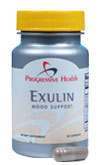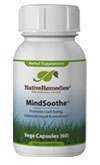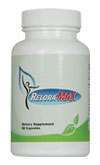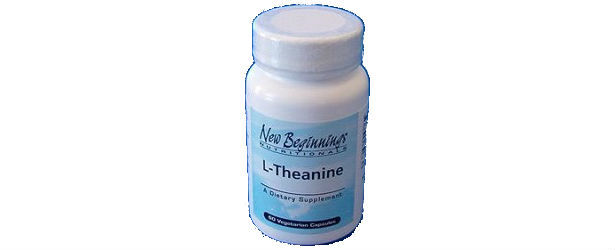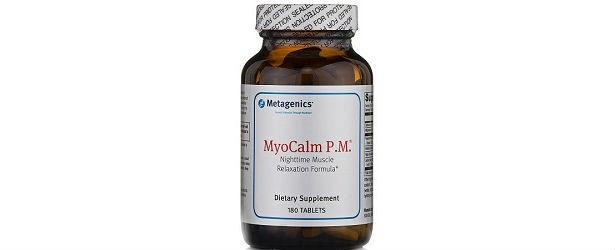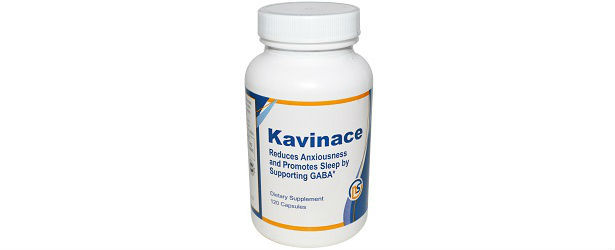
Treating a Panic Disorder
Panic disorders are incapacitating conditions consisting of severe episodes of panic. They may occur with little or no warning and can last from just a couple of minutes to as long as a half hour or more. The fact that the sufferer may never know when these panic attacks might happen can prevent them from enjoying life. They end up avoiding activities or experiences that have triggered their prior panic attacks.
Women typically suffer from panic disorder and anxiety attacks more often than men, with the onset of the disorder frequently occurring in early adulthood. If left untreated, panic disorders can evolve into more serious conditions, such as agoraphobia.
Symptoms of Panic Disorder
Although everyone experiences a panic attack differently, some common symptoms of panic attacks include:
- Palpitating heart

- Shortness of breath
- Shaking or trembling
- Sweating and/or hot flashes
- Nausea
- Chest pain
- Tightening of the throat
- Dizziness
- Cramps
- Chills
Therapy and Education
Treating a panic disorder usually involves a blend of three modalities — education, psychotherapy and medication.
A patient opting for psychotherapy treatment generally has private sessions with a trained psychologist on a short-term basis — typically for no more than a dozen sessions. The first session usually focuses on teaching patients about their disorder, how to effectively cope with attacks and ways to prevent them from occurring.
By learning to identify the symptoms of a panic attack and the reasons behind them, patients can significantly shorten the length and severity of these attacks. When they first start feeling the beginnings of a panic attack, they can employ techniques, like progressive muscle relaxation and controlled breathing to keep the attack from escalating.
Therapists will also talk to the patient about the irrational fears they experience while they are having an attack. Often these are fears of humiliating and embarrassing themselves in public, fear of fainting, or even dying. Discussing their fears helps patients understand that the fears are not rational. This reduces the intensity level of the attack.
The therapist may also recommend that the patient increasingly expose him or herself to the situation or object that triggers their attacks. This allows them to gradually gain control over their fear.
Medication
The last modality in treating a panic disorder is medication. Because of the potential harmful side effects and risk of addiction, medication should be avoided whenever possible, and may not always be necessary.
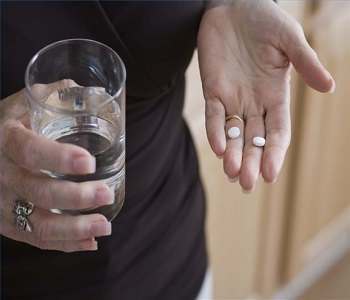 As a last resort, however, in those cases where education and therapy are not effective, doctors may prescribe drugs. The most common medications are benzodiazepines (Xanax, Valium, and Klonopin) and SSRI anti-depressants (such as Zoloft, Prozac, and Paxil). Most doctors are reluctant to prescribe medication without accompanying psychotherapy, since the drugs only treat the symptoms, while psychotherapy addresses the root causes of the disorder.
As a last resort, however, in those cases where education and therapy are not effective, doctors may prescribe drugs. The most common medications are benzodiazepines (Xanax, Valium, and Klonopin) and SSRI anti-depressants (such as Zoloft, Prozac, and Paxil). Most doctors are reluctant to prescribe medication without accompanying psychotherapy, since the drugs only treat the symptoms, while psychotherapy addresses the root causes of the disorder.
Self Help Treatments
Certain self-help techniques can be used as well. You can try these without seeing a trained professional. Look for support groups that deal with panic disorders and that connect people with shared experiences and feelings in your community or online. Additionally, regular massage therapy or acupuncture can help reduce stress and decrease the number of panic attacks.
All of these treatments can be effective in reducing the frequency and intensity of panic attacks. The combination of psychotherapy, education, sharing common experiences with other sufferers and, when necessary, medication, can prevent panic attacks from interfering with your daily life.
TOP 5
ANXIETYTreatments |
|||||
| AnxiClear | Exulin | Hapinex | MindSoothe | ReloraMax | |
|---|---|---|---|---|---|
| 1 | 2 | 3 | 4 | 5 | |
| Overall Rating | 99.50% | 87.30% | 82.10% | 76.80% | 72.80% |
| Performance* |





|





|





|





|





|
| Speed of Results* | Extremely Fast | Good | Good | Average | Average |
| Quality of Ingredients | Premium | Good | Good | Average | Unknown |
| Customer Satisfaction Evaluation | 99.40% | 85.30% | 80% | 74% | 70.30% |
| Safety Evaluation | Safe for Use | Safe for Use | Safe for Use | Safe for Use | Safe for Use |
| Customer Service Rating |





|





|





|





|





|
| Reorder Rate | Highest | Good | Average | Average | Average |
| Return Policy | Risk Free | Unopened | Unclear | Good | Risk Free |
| Success Rate* | 99.40% | 86.20% | 81% | 74.50% | 69% |

 Subscribe Now
Subscribe Now
